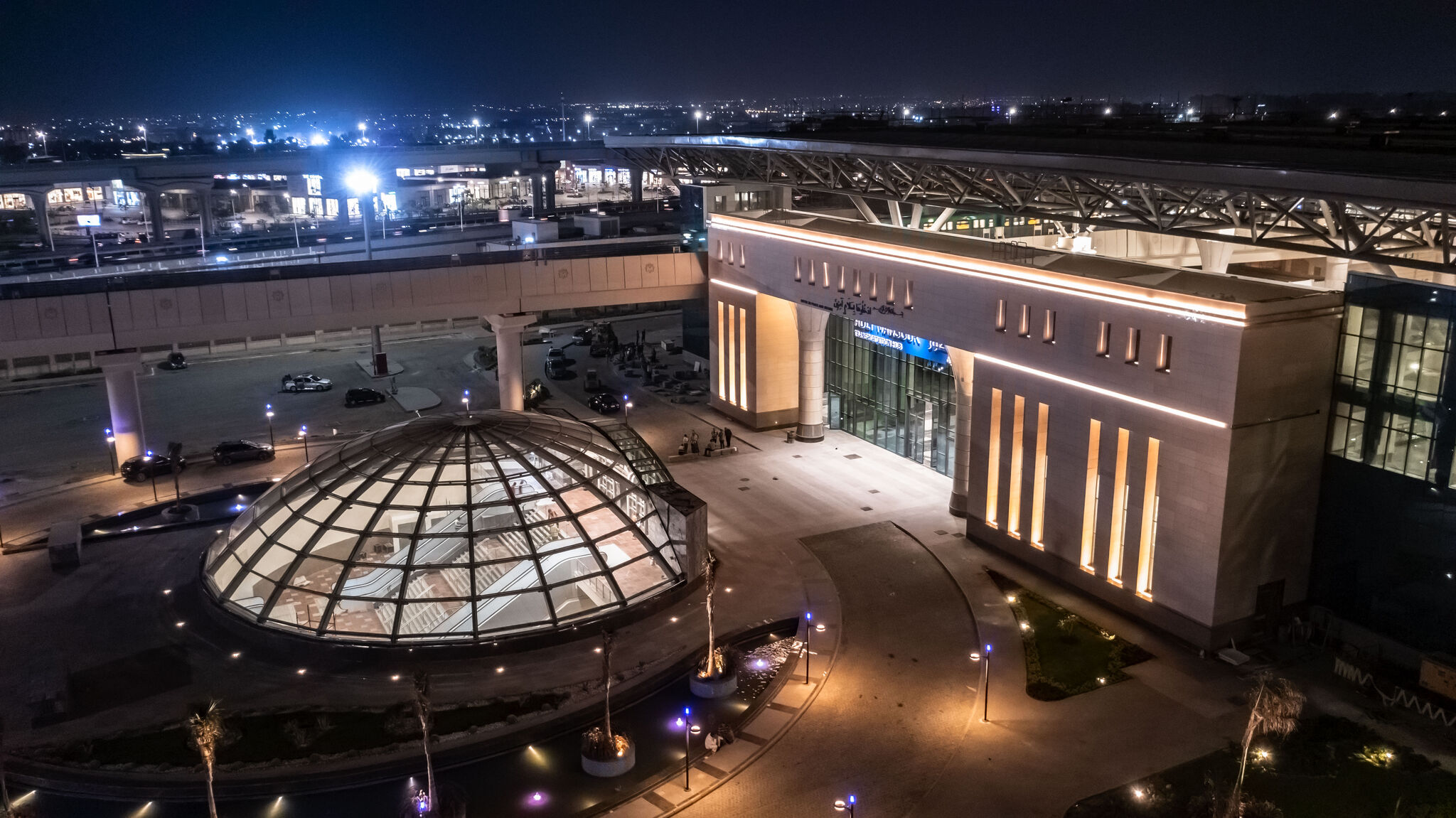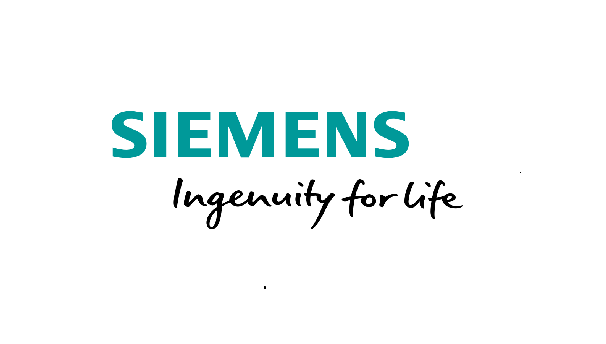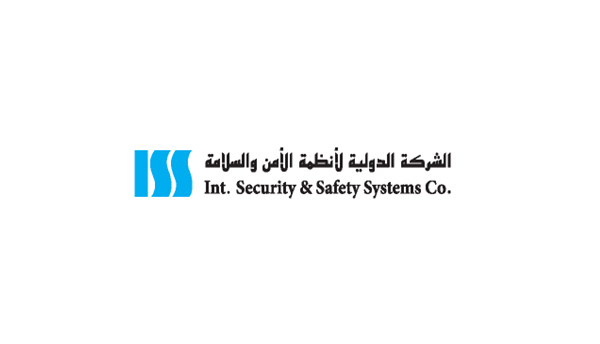
Despite its 4,000-year-old history, Egypt’s capital Cairo is a city that refuses to spend too long looking in the rearview mirror. With its greater metropolitan now home to 20 million people - making Cairo one of the world’s megacities - the city and its people continue to look to the future. A good example of this is the city’s metro system, Africa’s first urban railway, the first of three full-fledged metro systems built in Africa, as well as the first in the Arab world.
Now celebrating 35 years, much like the city it serves, it continues to reach and strive for new milestones. For example, just this year, the metro system saw its first female drivers - a massive step forward and perhaps a catalyst for a change of more traditional mindsets in the country. The metro is owned and managed by National Authority for Tunnels (Egyptian state), whose other projects include the light rail system that links Cairo to the Administrative
In this article, Business Excellence takes a closer look at Cairo Metro, and the impact that this metro system has on one of the world’s megacities.
History and Scope
The origins of the Cairo metro go back 40 years to 1982 when the French government extended a $500 million loan to the Egyptian government to build a metro in its capital city. To this day, line one of the metro is still referred to by the city’s locals as ‘the French line.’ Five years later, in 1987, the metro opened to the public, and its six stations and 10-mile-long tunnel that connected them began relieving one of the world’s largest traffic jams at that time.
In 1999, the new El Marg station was added, bringing the total number of stations to 35 and the length of the track to 43 kilometers - a growth of around 150% in track length in less than 10 years. April 1999 also saw the completion of the first section of line 2, which importantly connected the city’s university district to the city center, adding a further 14.5 kilometers. By 2007, this had been extended to 21.6 kilometers.
The success of the first two lines encouraged the government to invest money in more transport infrastructure, and a further line for the city was envisaged. Construction on line 3 began in 2006, and the first phase opened six years later in 2012 and added five underground stations to the system. Phase 2, delivered in 2014 added 7.2 kilometers of track and added 5 more stations. As of November 2022, the third and final phase of line 3 is expected for delivery in April 2023.
Development of Lines 3 and 4
Line 3 of the Cairo Metro connects Kit Kai in west-central Cairo with Al Salam bus stop at a station named Adly Mansour metro station. It will eventually extend from the northwest of the Greater Cairo area at Imbaba to the northeast serving Cairo International Airport. The total length of the line will be approximately 30.6 km of which 28.1 km is an underground section and the rest of the line about 2.5 km shall be on grade and will be implemented in four phases
The Cairo Metro Line Phase 3 is 17.7km and includes 15 stations. The first part of the station starts from Attaba to Kitkat and covers 4km in length and was completed in December 2021. The second part of the station from Kitkat to Rod El Farag Axis with a length of 6.6km, was completed in June 2022. The third part – still under construction - will be from Kitkat to Cairo University with a length of 7.1km and will be inaugurated in April 2023.
Line 3 received 600 million euro funding for the 3 phases, A, B, and C from the European Investment Bank (EIB) and is being constructed by world-renowned construction firm VINCI Construction, in partnership with the Arab Contractors, Orascom Construction, and Bouygues Construction. It was awarded the world’s best transport railway project award in 2022, by US Engineering News-Record (ENR).
In conjunction with Line 3, Line 4 is being implemented in two phases. Phase 1 will run for 19 kilometers and include 16 stops. The second phase will add a further 25 kilometers and 22 further stations, bringing the total number of stations to 38 and a total track length of 42 kilometers. The project is financed by the Japanese International Corporation Agency (JICA).
Socioeconomic Contribution
From the outset, there have been 4 key objectives of the metro: To increase access to public transport, to provide reliable and efficient transportation for more than 1.5 million people, to create job opportunities during construction and operations – including job opportunities for women – and connecting socially disadvantaged districts with the city center and CBD. On all four fronts, it is already making tangible progress.
The socioeconomic contribution of the metro cannot be overstated. Since its arrival on the scene in 1987, it has made a significant contribution to economic prosperity. In the first 20 years of the Metro’s operation, Egypt’s GDP grew nearly 4-fold. Clearly, this cannot all be attributed to the metro; however, it forms part of a larger economic vision that is leading to increased prosperity. Its kilometers of track has grown by about 8 times the capital city’s population since its foundation.
Cairo Metro now carries more than 3.5 million passengers per day, and the number continues to trend upward. This significantly improves mobility and reduces traffic congestion; will contribute to more sustainable and green economic growth as well as urban development in the country. Furthermore, across all divisions, when line 4 is finished, the metro will hire close to 10,000 employees, making it one of the biggest employers in Egypt.
Other benefits of the metro include a high level of socioeconomic profitability (measured at more than 17% for Line 3 alone), which provides millions of people with efficient, cost-effective, and environmentally friendly modes of transportation. The metro also helps to reduce CO2 emissions in the city (line 3 alone will save up to 273,500 tonnes of CO2 per year), which leads to better health for the city and its residents. Finally, the ongoing projects will generate 12,000 jobs during construction and a few thousand more jobs once finished and operations begin.
Supply Chain Partners
19 French companies were responsible for bringing line 1 of the Cairo metro to reality in 1987, but these days, the supply chain partners come from a far more diversified set of backgrounds. For example, Hyundai Rotem - a division of the South Korean giant of the same name - is delivering 23 metro trains to the city. As part of their contract, at least 30% of the production needs to have been Egypt-based.
Orascom Construction has been a constant reliable partner for the metro system for over two decades now. Another long-time partner of the system, Alstom, supplied, tested, and commissioned line 3’s signaling, centralized control, and driving modes. Last but not least, French construction firm Thales, in collaboration with Orascom and Colas Rail, is responsible for the construction of line 4.
Other partners include the Dextra Group for its reinforcement of the diaphragm walls, ReadyMix for its high-quality concrete which was used in the project, and International Security & Safety Systems Co., which is the first Egyptian factory to supply fire systems to metro projects in Egypt. ACTEL communications and RATP Dev Middle East has been heading up the metro’s technology, communications, and training of the local team to ensure it exceeds best-in-class for metro system personnel.
Finally, on the construction side, VINCI is the main contractor but is joined by a slew of subcontractors that include the Egyptian British Company, the Arab Contractors, and VSL Middle East. CAF has been involved in the restoration of older carriages, while Concord Engineering and Contracting (Herrenknecht AG) has been the on-site engineering consultant for Line 4’s often complex engineering requirements.
Outlook
“Cairo needed to modernize,” said the chief engineer responsible for line 1 on the day of its opening in 1987. Little did he know how the metro - then of just a few kilometers of track length - would modernize the city. As a measure of the changed expectations in Cairo over the past 35 years, an Egyptian Official recently said that the city’s tourist hub would be: "one of the new seven wonders of the world," when finished.
Data released by the Egyptian government in 2022 shows that Egypt is home to more than 2.5 million vehicles. Although can still be a traffic-heavy city, one wonders how much more it would be the case if the metro wasn’t already accounting for 3.5 million journeys every day of the year. Ultimately, it has given this ancient city a new lease of life, which it continues to build on. A megaproject fitting for a megacity.
DOWNLOAD
 CAIRO METRO - DEC- 2022 - SPREAD.pdf
CAIRO METRO - DEC- 2022 - SPREAD.pdf
















